10 Best Adventures of 1957
By:
August 26, 2017
Sixty years ago, the following 10 adventures — selected from my Best Fifties (1954–1963) Adventure list — were first serialized or published in book form. They’re my favorite adventures published that year.
Please let me know if I’ve missed any 1957 adventures that you particularly admire. Enjoy!
- 1957. Alistair MacLean’s WWII commando adventure The Guns of Navarone. This was one of my favorite adventure novels, when I was a teenager; I’ve included it on my list of the 200 Greatest Adventure Novels of All Time. New Zealand mountaineer Keith Mallory, American demolitions expert Dusty Miller, Greek resistance fighter Andrea, and two other commandos — a particularly satisfying example of the Argonaut Folly’s “crackerjack” sub-genre — are sent on a mission impossible. They must destroy an impregnable German fortress (on the fictitious Greek island of Navarone) that threatens Allied ships racing to the rescue of British soldiers trapped in the Aegean! Cliffs are scaled, storms are weathered, gun fights blaze — and if all this weren’t enough, there’s a trademark MacLean plot twist or three. Who among the commandos is a double agent? And which double agent is triple agent? Fun fact: Adapted as a perfectly good 1961 movie starring Gregory Peck, David Niven, and Anthony Quinn; MacLean’s 1968 followup, Force 10 from Navarone, is a sequel to the movie, not the book. FWIW, the excellent 1965 song “The Guns of Navarone,” adapted from the movie’s theme by The Skatalites, is the best-selling ska single ever.
- Nevil Shute’s On the Beach (1957). In the near future of 1963, nuclear fallout from World War III has eradicated all human and animal life in the Northern Hemisphere, and air currents are steadily carrying the same fate to the Southern Hemisphere. Only South Africa, and the southern parts of South America and Australia are still habitable… our story takes place in Melbourne. One of the last US nuclear submarines, captained by Commander Dwight Towers, is preparing to head from Melbourne to America’s west coast — because an incomprehensible Morse code signal has been received. (Perhaps someone is still alive?) Towers is attracted to a young Australian woman, Moira Davidson, but remains loyal to his family back home… even though they must certainly be dead. Moira, meanwhile, copes by drinking heavily. Peter Holmes, an Australian scientist, cannot persuade his wife to believe in the impending disaster. Another member of the submarine crew, Osborne, spends all of his time driving a racecar. As the radiation reaches Melbourne, how will each character face his or her final moments? Fun fact: Originally serialized in the London weekly periodical Sunday Graphic (April 1957). In 1959, the novel was adapted as a film starring Gregory Peck, Ava Gardner, and Fred Astaire. The novel’s title refers to a beach in Eliot’s poem “The Hollow Men.”
- Chester Himes’s crime adventure For Love of Imabelle (aka A Rage in Harlem). In the first of the author’s nine “Harlem Detective” novels featuring black police detectives Coffin Ed Johnson and Gravedigger Jones, a hard-working, charch-going undertaker’s assistant (Jackson) is conned out of money that he stole from his employer by the beautiful Imabelle — who immediately takes a powder. Unwilling to believe the worst of her, Jackson enlists the help of his twin brother, Goldy, a con artist and heroin addict who masquerades as a nun (!), and seeks Imabelle across the length and breadth of Harlem. There are shootings, stabbings, and acid flinging; and some great chase scenes. Coffin and Gravedigger, who play much more central roles in later installments of this series, play only a minor role in this one. Fun fact: Chester Himes spent eight years in prison for armed robbery, as a young man; in middle age, he moved to Paris and rubbed elbows with Langston Hughes, Richard Wright, Ishmael Reed, and other expats. The author of more literary works such as If He Hollers Let Him Go (1945), he wrote the “Harlem Detective” books in order to make a quick buck.
- John Wyndham’s Golden Age sci-fi adventure The Midwich Cuckoos. An unidentified silver object appears in the center of the (literally) sleepy English village of Midwich; and its population is rendered insensible. A few months later, it becomes apparent that every fertile woman in the village became pregnant during what they now call the “Dayout.” Thirty-one boys and thirty girls are born to Midwich. Their eyes are golden, their skin so pale its silvery. As the Children (as they’re known) grow up, they display telepathic capabilities and an ability to control others’ actions — particularly when anyone threatens them physically. We learn that the same phenomenon has happened in several other villages around the world; but only the English, it sees, are so compassionate that they’re willing to raise what appears to be a hostile mutant or alien species. When the Children’s teacher determined to destroy them, will he succeed? Fun fact: Adapted as Village of the Damned in 1960; there was also a 1995 remake — one of John Carpenter’s weaker efforts.
- Philip K. Dick’s Golden Age sci-fi adventure The Cosmic Puppets. On a visit, with his wife, to his hometown — sleepy, isolated Millgate, Virginia — Ted Barton discovers that you can’t go home again. (Because your hometown is different in important particulars than you remember — shops, parks, even people no longer exist — and apparently, it always already was different. Also, a child with your name died in that town, years ago.) What’s going on? Has the town been caught up in an illusion — or are Ted’s memories false ones? Why does the town drunk remember the town the way Ted does? Who are the incorporeal Wanderers haunting the town? And why can’t Ted escape from Millgate? Although he struggles to make sense of these eerie incongruities, before long Ted finds himself in the midst of a cosmic struggle stretching far beyond Virginia or even Earth. SPOILER: The Zoroastrian demigods Ohrmuzd and Ahriman might have something to do with all this. Is Ted… a messiah figure? Stranger things, indeed. Fun fact: The novel is a revision of Dick’s 1956 story “A Glass of Darkness,” which appeared in Satellite Science Fiction. The title refers to a Bible passage (First Corinthians 13:12) which the author would deploy again, for perhaps his best novel: A Scanner Darkly.
- Jack Kerouac‘s picaresque On the Road. An inspired midcentury installment in the most romantic of Adventure sub-genres, the protagonists of which seek a passionate life not afforded by an enlightened, modern, rationalized social order. Kerouac’s On the Road, which was completed in 1951 — that is, during the Forties (1944–1953) — is a fictionalized account of the author’s American wanderings. Though not a thriller, plot-wise, it’s plenty exciting. Jazz! Poetry! Drugs! Sal Paradise makes his way from New York to Denver, where he falls under th spell of the free-spirited hustler Dean Moriarty, then continues on to San Francisco, down to Mexico, and back to New York. Later, Sal and Dean drive to New Orleans, then back to San Francisco — in search of kicks and a religious-isn exaltation which Kerouac was among the first to call Beat. Later, despite a growing rift between them, Sal and Dean travel again from Denver to New York; and later still, they go from Denver to New Mexico. What does it all mean? The search for “IT,” a cosmic truth, is never-ending. Fun fact: A hugely popular bestseller at the time; it’s considered one of the 100 best English-language novels of the 20th century.
- James Salter’s combat adventure The Hunters. Cleve Connell, Air Force fighter pilot, arrives in Korea with the goal of shooting down five MIGs — and thereby becoming an ace. Though he flies many combat missions (which are described thrillingly and gorgeously), he can’t rack up any kills… is he a coward? Unlucky? He and his fellow pilots — particularly Pell, a charming but ruthless lieutenant — compete viciously to achieve ace status; some of their kills put their comrades in danger; but Connell won’t do that. Whether 40,000 feet above the Yalu River, or in fighter pilot bars and hotels on the ground, he wages a battle for his own soul. Is winning everything… or is it all about how you play the game? Flying becomes an existentialist test of character. Fun fact: Considered one of the best flying novels of all time. Adapted in 1958 as a movie starring Robert Mitchum and Robert Wagner. Mark Kingwell tells us: “Robert Wagner is actually pretty good as a hipster, slang-slinging version of Lt. Pell.”
- Jim Thompson‘s crime adventure The Kill-Off. Luane Devore, a wealthy, neurotic invalid who spends her days spreading vicious rumors about everyone else in town — Manduwoc, a Jersey Shore resort that’s seen better days — is going to be murdered, this becomes clear right from the start. But who’s going to have done it? Her much younger husband, whom she tricked into marrying her and keeps on a short leash? Dr. Ashton, who’s sleeping with his black housekeeper? The town lawyer? The slutty big-band singer? The heroin-addicted teenage girl? Because each chapter of this thriller is written from the perspective of one of these characters, Thompson fans tend to love it or hate it — there’s no middle ground. Though it’s not one of the author’s very best efforts, I’m in the “love it” camp. Thompson’s knack for ventriloquizing the skewed, often dark perspectives and fantasies harbored by seemingly upright citizens is given a thorough workout, here. Fun fact: Adapted as an indie neo-noir film, in 1990, by Maggie Greenwald.
- John D. MacDonald’s psychological thriller The Executioners (aka Cape Fear). Released from prison after serving over a dozen years of a life sentence (for raping a minor, while he was in the Army), the brutal Max Cady heads like a bullet towards Sam Bowden, who’d been a key witness against him. Bowden is now a civilian, a happily married man with children living in Florida; he’s helpless to prevent the creepy ex-con from hanging around his lakeside village, making veiled threats. He’s a disaster waiting to happen. (“There are black things loose in the world. Cady is one of them. A patch of ice on a curve can be one of them. A germ can be one of them.”) After Bowden’s dog is poisoned, in a desperate attempt to protect his family — particularly his teenage daughter — he decides to take the law into his own hands. Fun fact: Adapted twice for the screen, in 1962 (with Robert Mitchum and Gregory Peck) and 1991 (with Robert DeNiro and Nick Nolte), as Cape Fear. MacDonald is best known for his 21 adventure novels — from The Deep Blue Good-by in 1964 to The Lonely Silver Rain in 1984 — starring Travis McGee.
- Raymond Abrashkin and Jay Williams’s 1957 YA Robinsonade Danny Dunn on a Desert Island. The second of the fifteen Danny Dunn novels, in which adolescent scientist Danny, his friend Joe Pearson, Professor Bulfinch and Doctor Grimes crash land on an island near the Galapagos, is my favorite. Though far-fetched, it’s the least science-fictional of the series. Employing only whatever materials they happened to be carrying with them, the group demonstrates engineering know-how as they develop increasingly advanced technologies, then develop a plan to be rescued. (The book is dated in its depiction of island natives, though when Joe ends up in a big pot it’s not what you might expect.) Illustrated by the great Ezra Jack Keats. Fun fact: In Learning from the Left, Julia Mickenberg’s survey of radical political themes in Cold War-era children’s lit, she notes that the Danny Dunn adventures were intended by their authors — Abrashkin, who had been a journalist for the leftist paper PM; and Williams, who went on to write The Practical Princess and Other Liberating Fairy Tales — to introduce kids to scientific methods and concepts, and in doing so to suggest science’s liberating potential, i.e., versus the enchantment of the status quo.
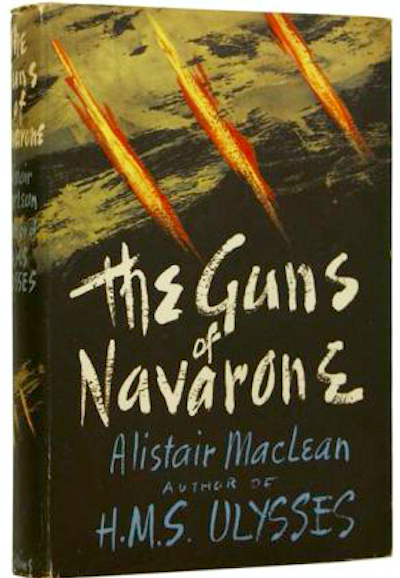
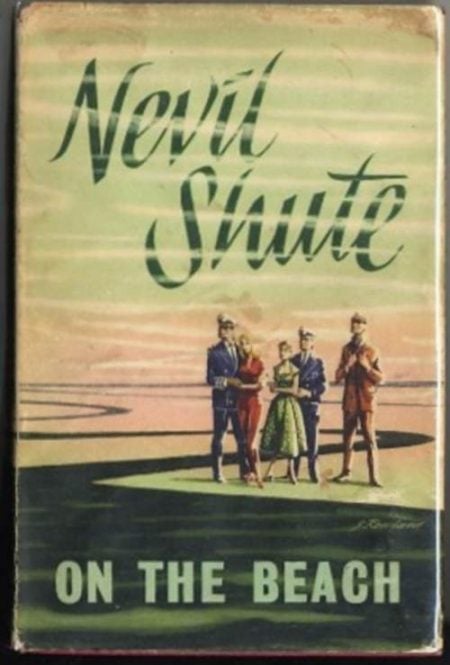
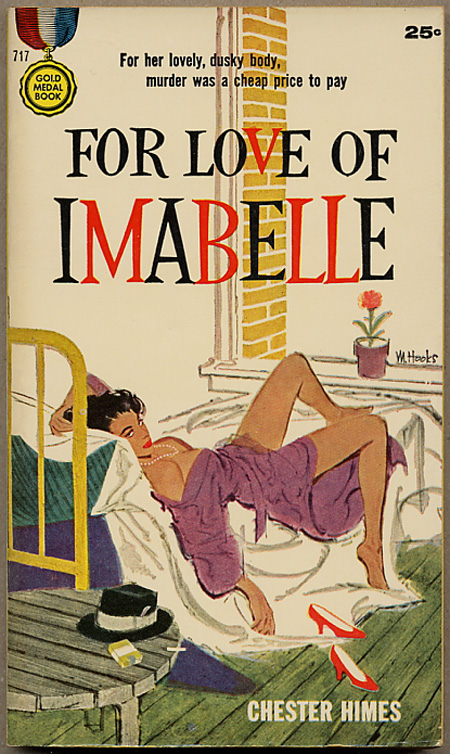
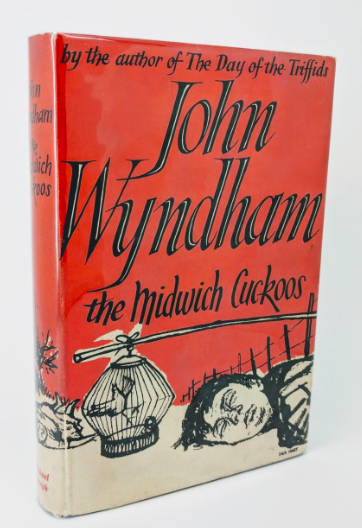

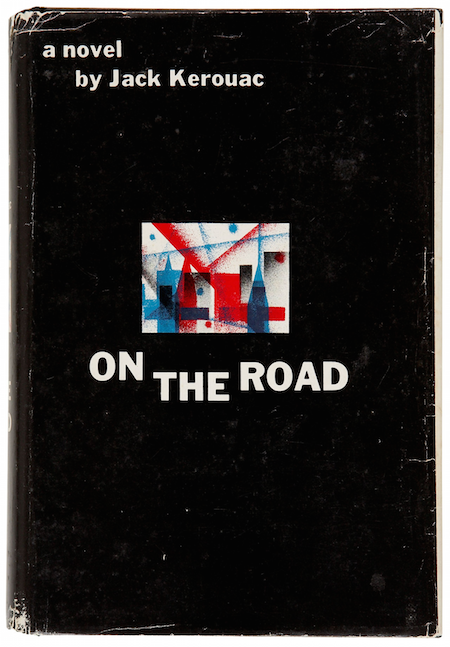
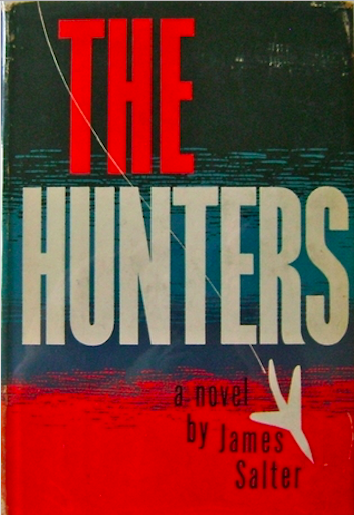
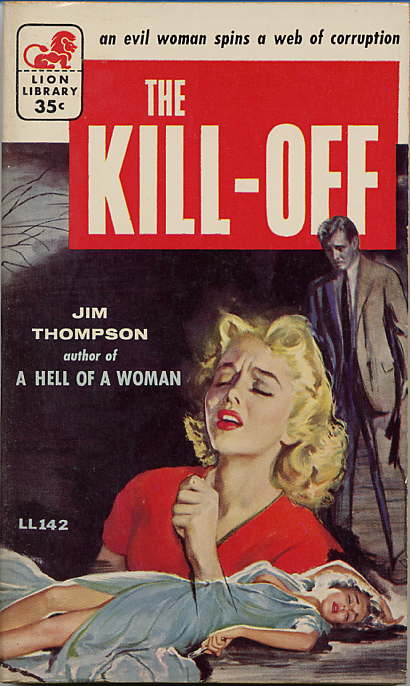
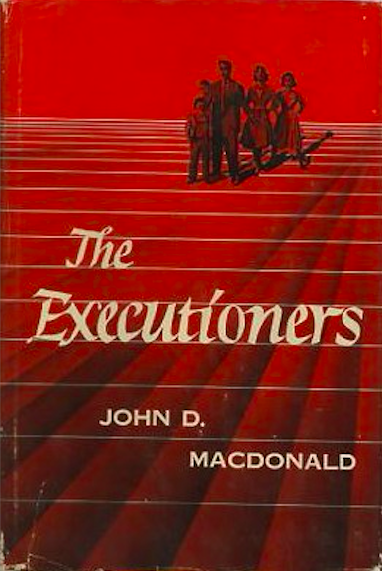
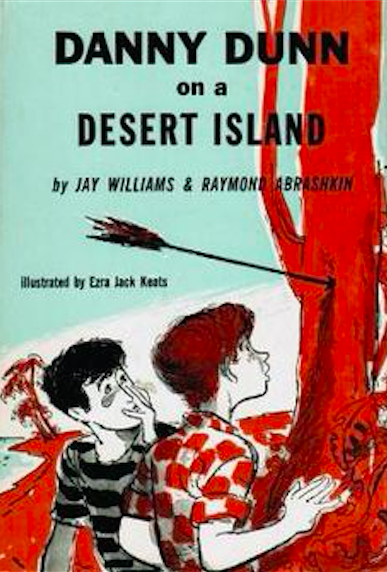
JOSH GLENN’S *BEST ADVENTURES* LISTS: BEST 250 ADVENTURES OF THE 20TH CENTURY | 100 BEST OUGHTS ADVENTURES | 100 BEST RADIUM AGE (PROTO-)SCI-FI ADVENTURES | 100 BEST TEENS ADVENTURES | 100 BEST TWENTIES ADVENTURES | 100 BEST THIRTIES ADVENTURES | 75 BEST GOLDEN AGE SCI-FI ADVENTURES | 100 BEST FORTIES ADVENTURES | 100 BEST FIFTIES ADVENTURES | 100 BEST SIXTIES ADVENTURES | 75 BEST NEW WAVE SCI FI ADVENTURES | 100 BEST SEVENTIES ADVENTURES | 100 BEST EIGHTIES ADVENTURES | 75 BEST DIAMOND AGE SCI-FI ADVENTURES | 100 BEST NINETIES ADVENTURES (in progress) | 1994 | 1995 | 1996 | 1997 | 1998 | 1999 | 2000 | 2001 | 2002 | 2003 | NOTES ON 21st-CENTURY ADVENTURES.
